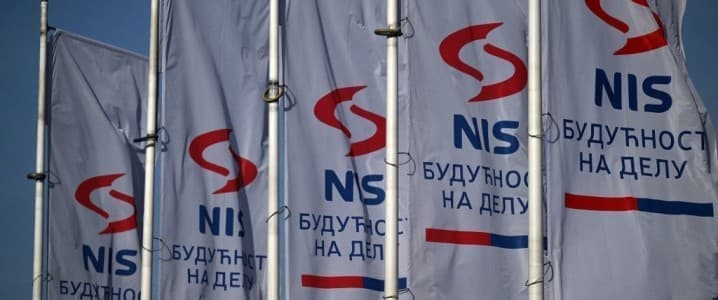Serbian authorities have reassured citizens that the country has sufficient fuel reserves to supply the domestic market, with the fate of the country’s only refinery, Naftna Industrija Srbije (NIS), hanging in the balance.
“The economy and citizens have no reason for concern, as there are sufficient quantities of all petroleum derivatives,” the government statement said, with Energy Minister Dubravka Djedovic Handanovic saying the government is ready to use mandatory reserves if need be. Russia’s Gazprom Neft and Gazprom affiliates are the majority owners of NIS, with the Serbian government owning a minority 29.9% stake.
Last week, NIS submitted a request to the U.S. Department of Treasury’s Office of Foreign Assets Control (OFAC) to continue operations until negotiations for an ownership change conclude.
The U.S. has waived sanctions against NIS several times since the Trump administration included the company in its long list of sanctioned companies. However, the situation has now become tenuous after banks stopped processing NIS payments after the last U.S. waiver expired on October 8, while Croatia’s JANAF pipeline stopped delivering crude to the refinery.
The JANAF pipeline has been Serbia’s primary supply line, bringing in Russian and Kazakh crude over the past three years. Last week, OFAC issued NIS a license until February 13, 2026; however, the license has only authorized negotiations between shareholders and interested parties regarding NIS’s new ownership structure.
Last month, Djedovic Handanovic warned that NIS would not be able to operate beyond November 25 without fresh crude supplies. On Sunday, the energy minister revealed that the refinery’s reserves totalled 53,648 tons of gasoline and 89,825 metric tons of diesel. She also revealed that the government had approved the import of 66,000 tons of diesel and 38,000 metric tons of petrol for state reserves.
Last week, reports emerged that Hungary’s MOL is close to buying a minority stake in NIS from its Russian owners.
By Alex Kimani for Oilprice.com
More Top Reads From Oilprice.com

